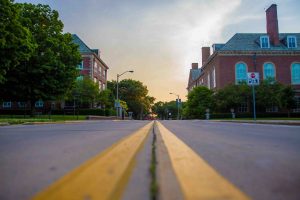 When nursing homes are cited for nursing home abuse and neglect in Poway, how are those citations determined? What can the type of citations a facility has received in the past tell potential residents about the quality of care at the facility?
When nursing homes are cited for nursing home abuse and neglect in Poway, how are those citations determined? What can the type of citations a facility has received in the past tell potential residents about the quality of care at the facility?
It can be difficult to find a skilled nursing facility in Southern California that has a strong record when it comes to patient safety and patient care. One clear way to know that a facility has had problems in the past is to look into its citation history. However, nursing home citations can be difficult to understand. While a citation of any sort indicates that there is a problem, the different citation levels, including the most serious of the penalties, do not always clearly indicate by title alone that the facility has been cited for a serious incident of nursing home abuse or neglect. The following will explore these citations and describe the different categories.
Class AA Nursing Home Citations are the Most Serious Citation
 Southern California Nursing Home Abuse Lawyer Blog
Southern California Nursing Home Abuse Lawyer Blog















